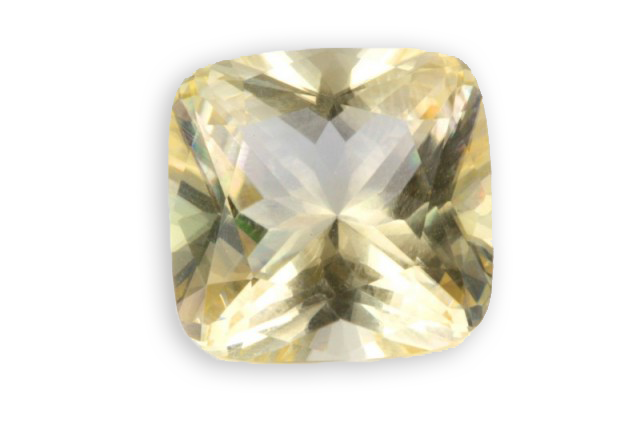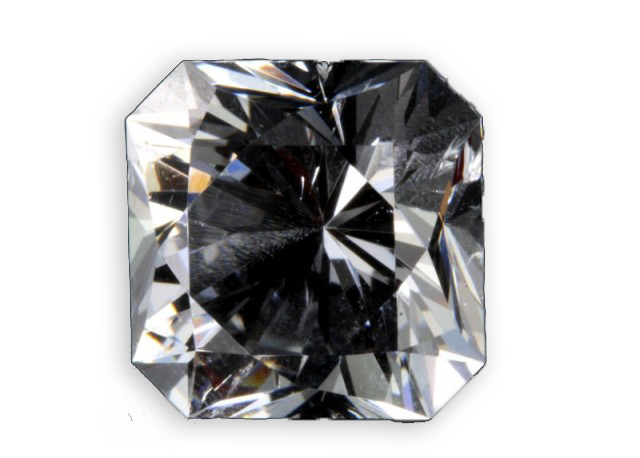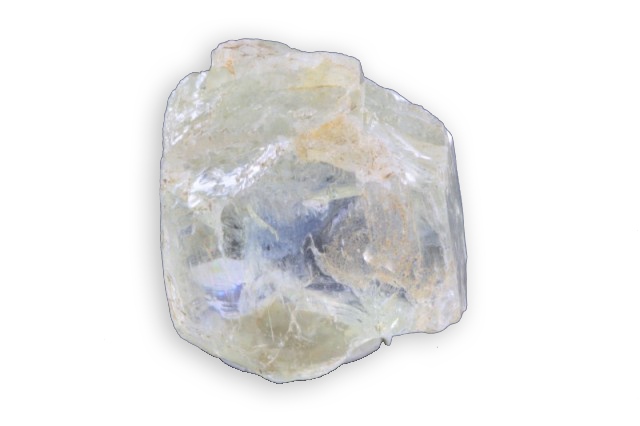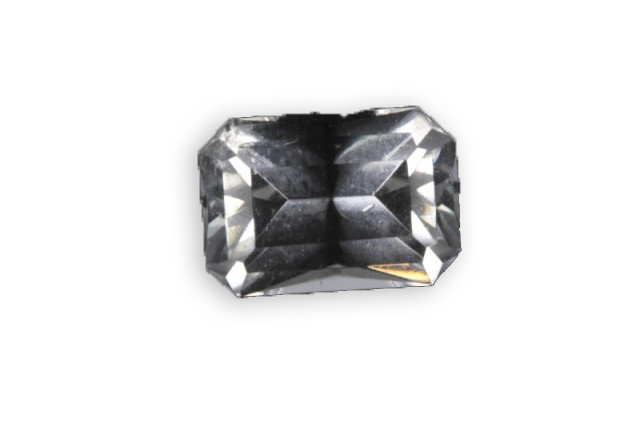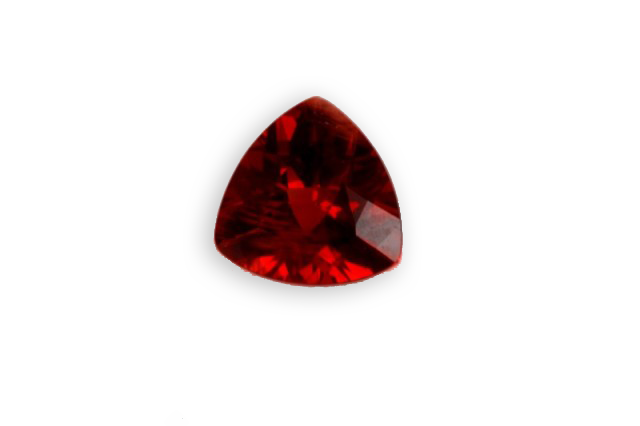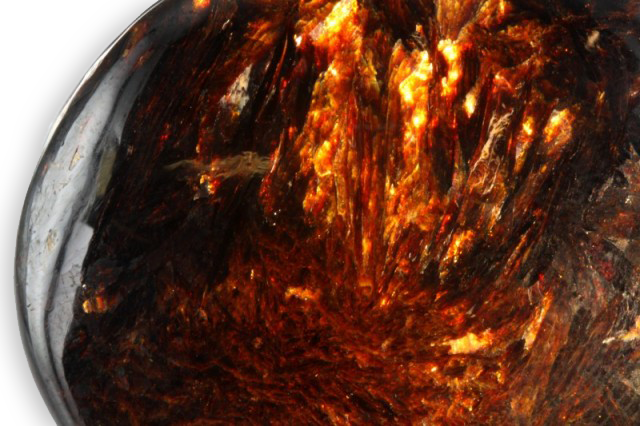
astrophyllite
Discovered in 1854, its name comes from the Greek “astron” – star- and “phyllon” – leaf- illustrating the shape of its starry groups of acicular crystals. In gemology, it is known as inclusions in quartz crystals and can be confused with rutile.

